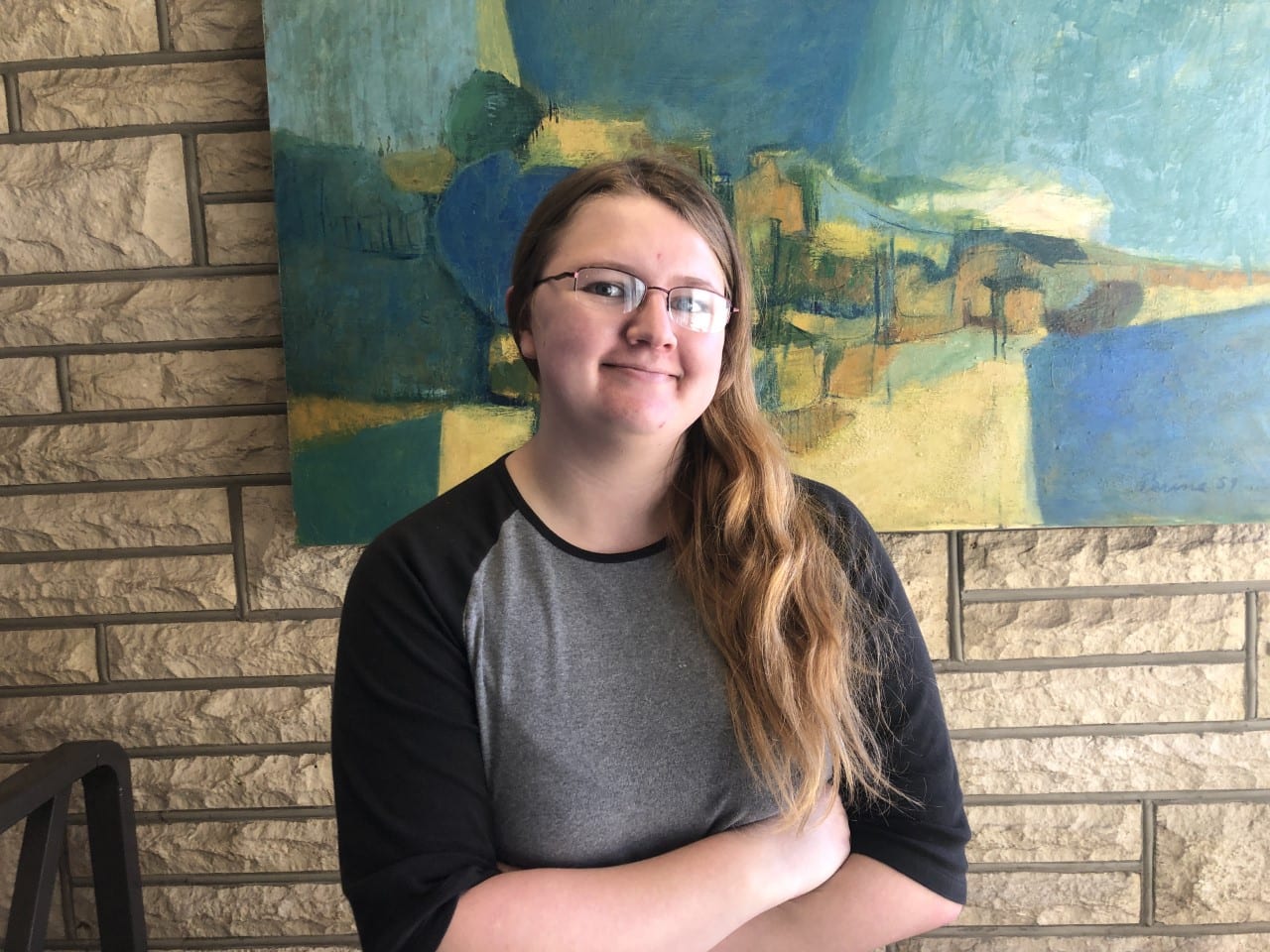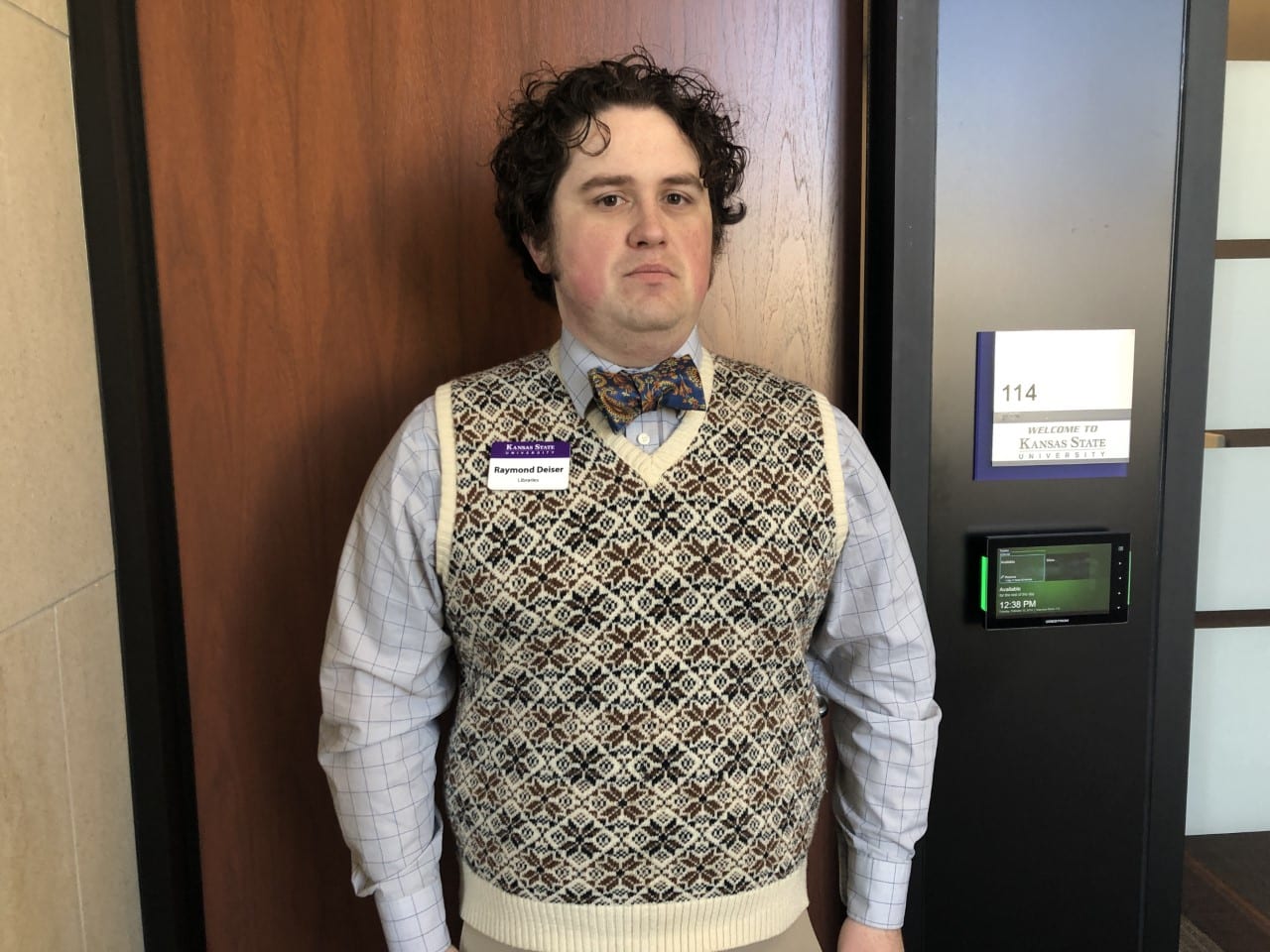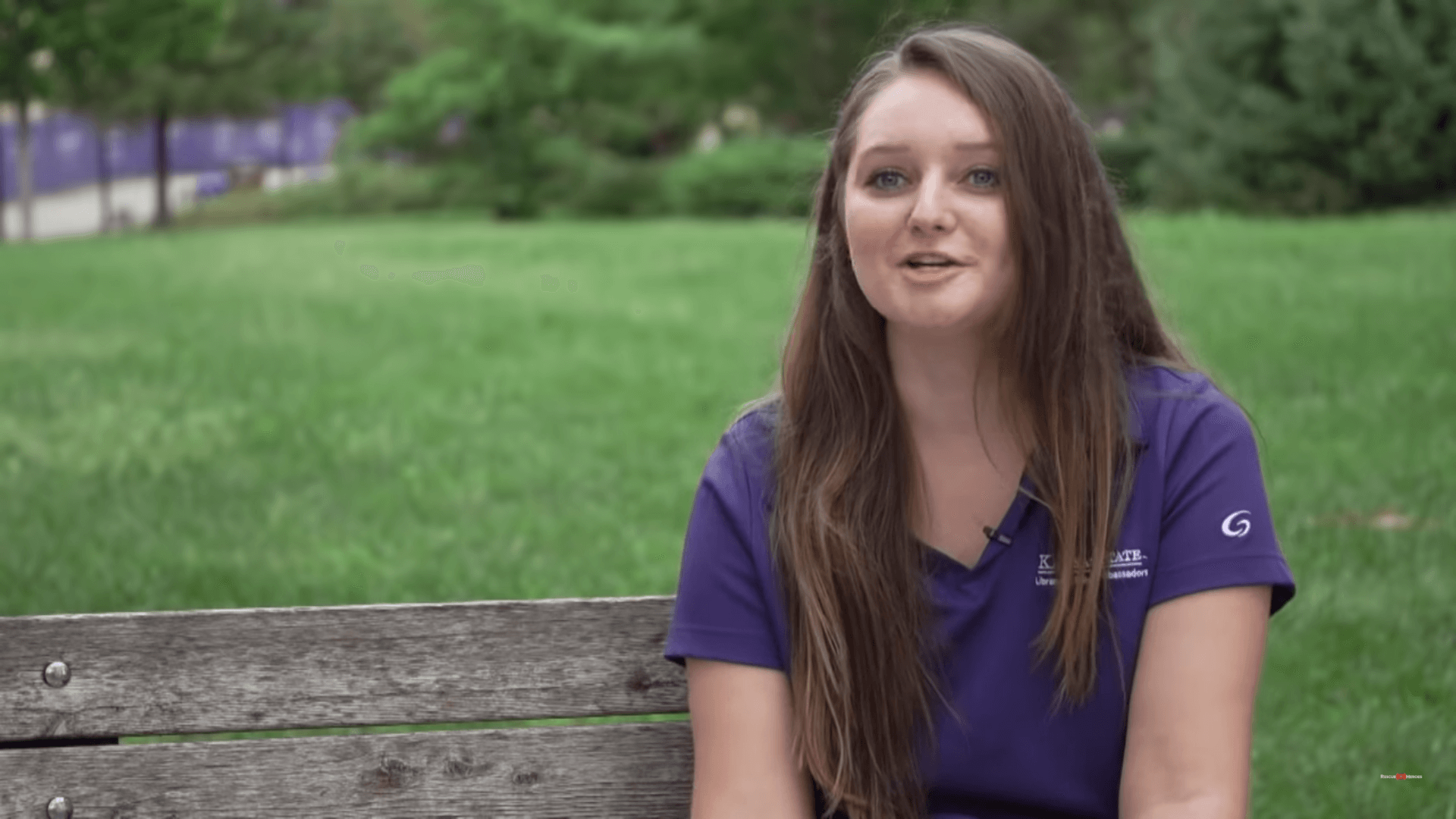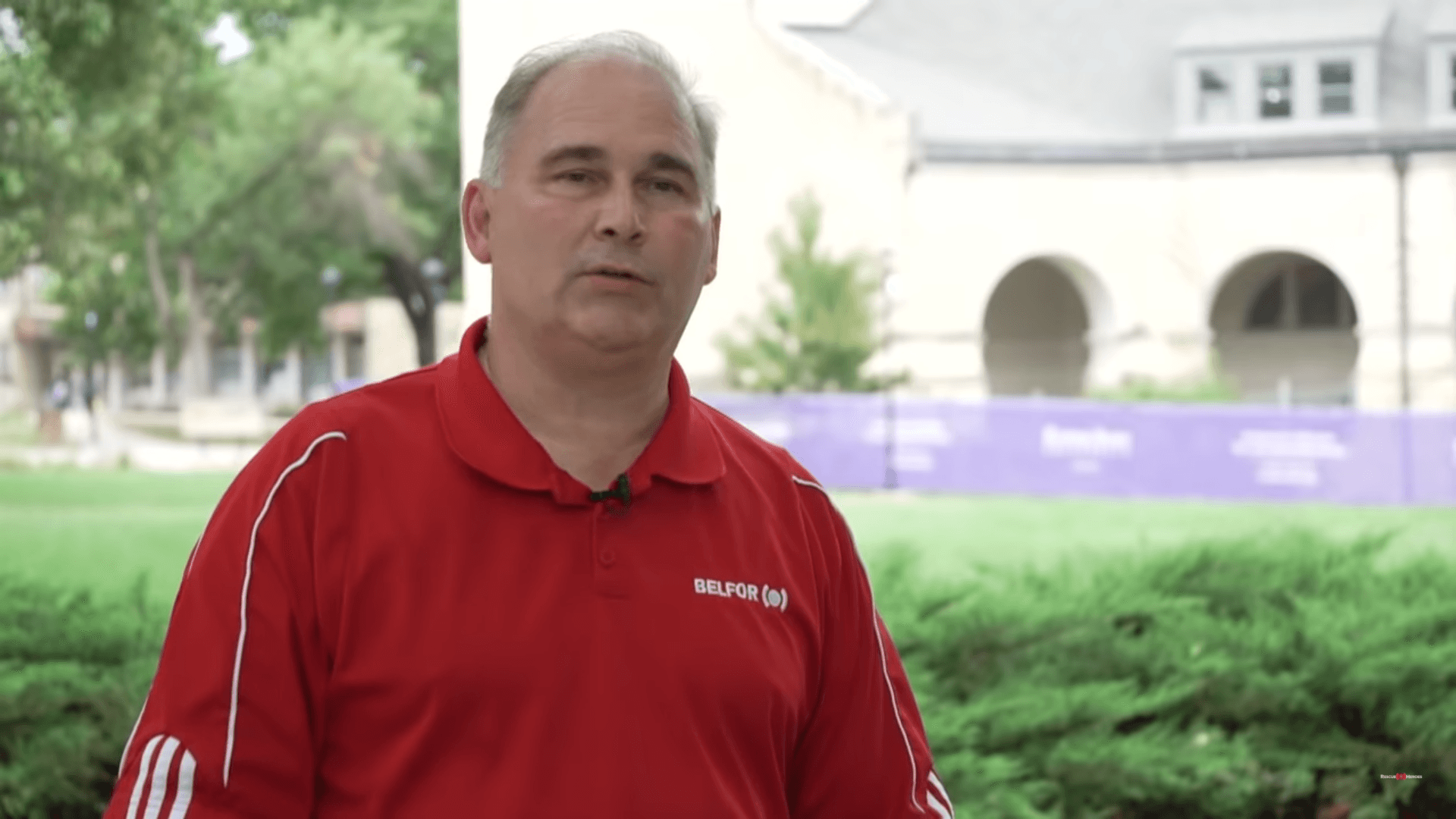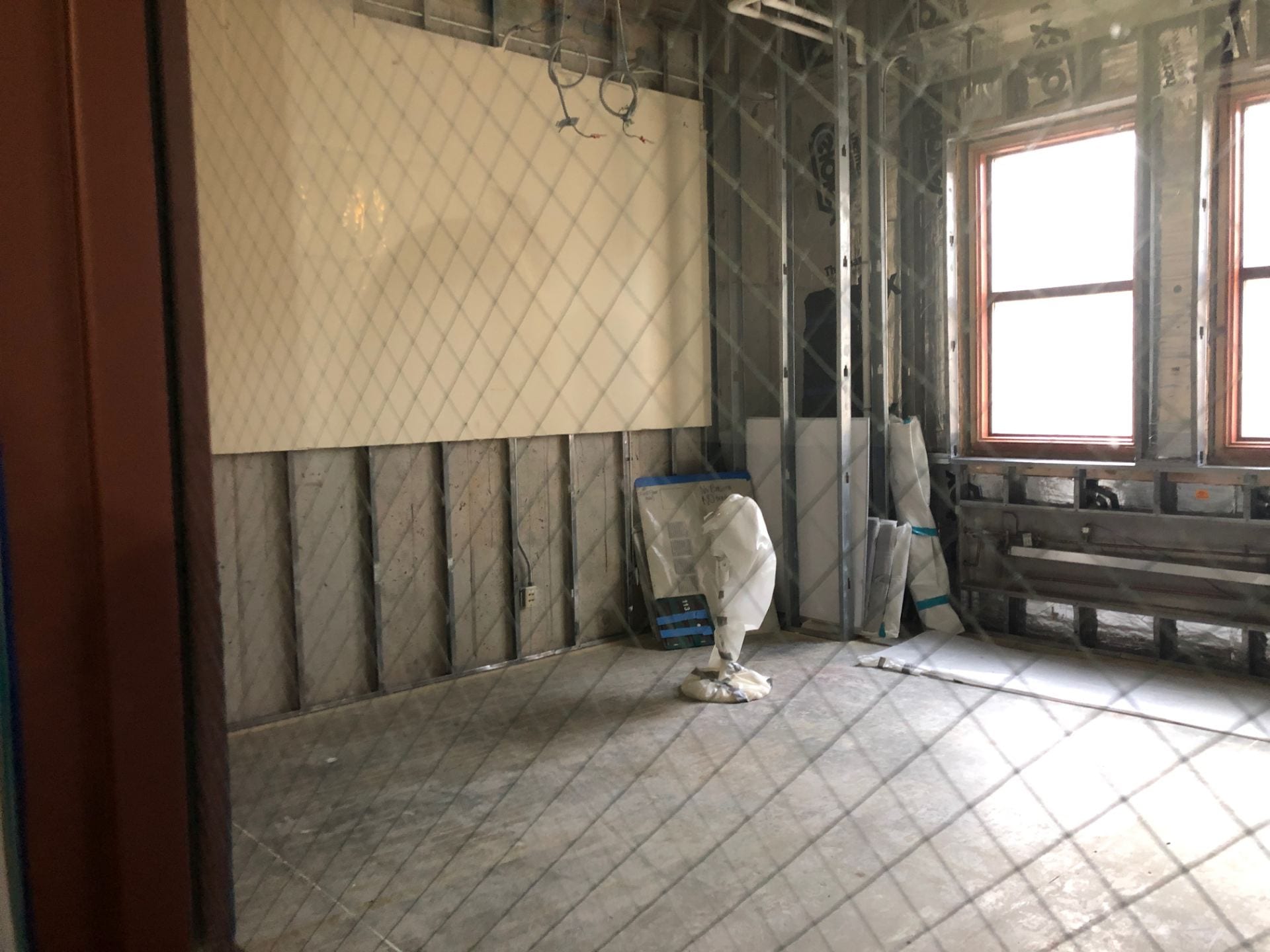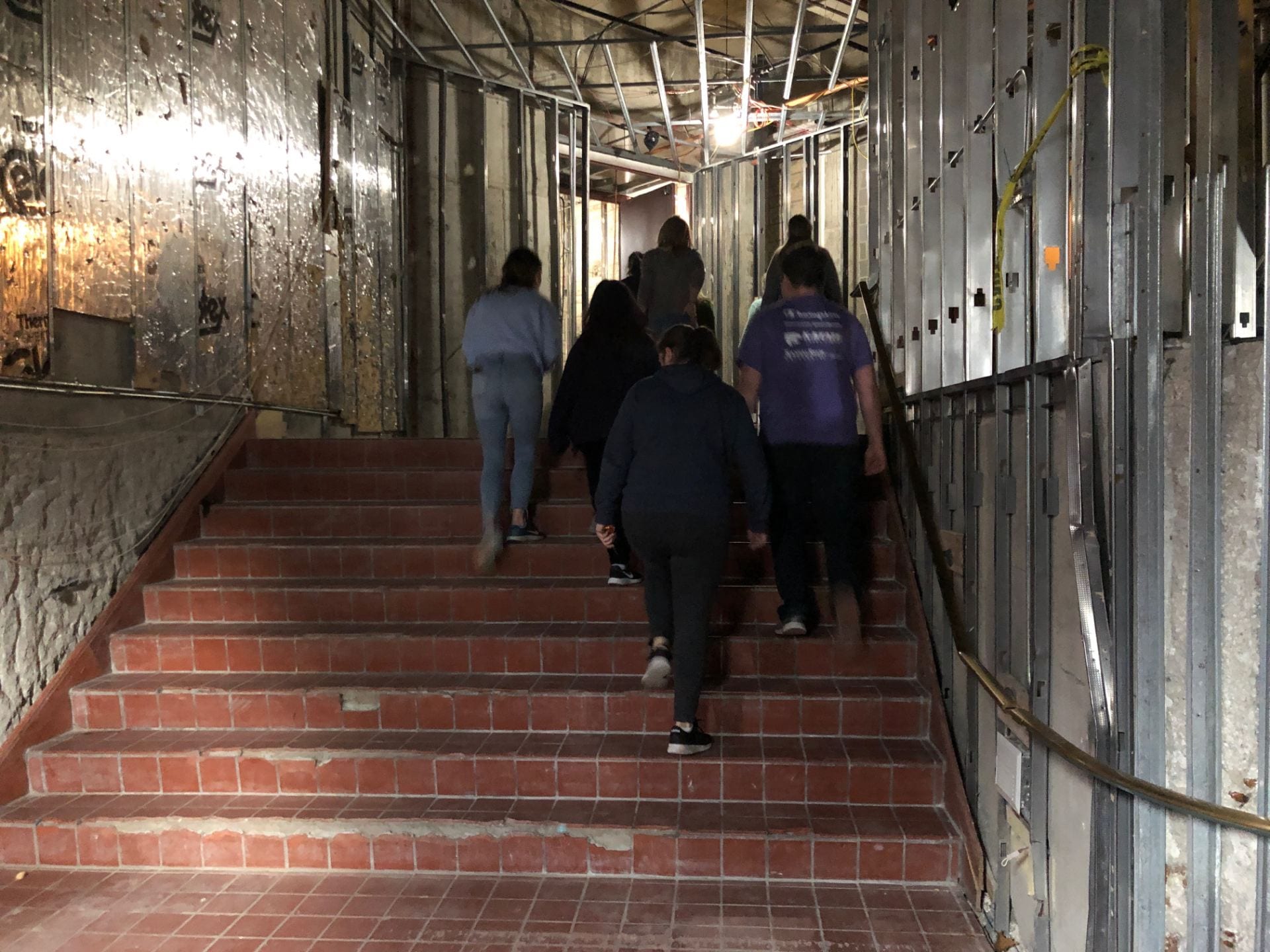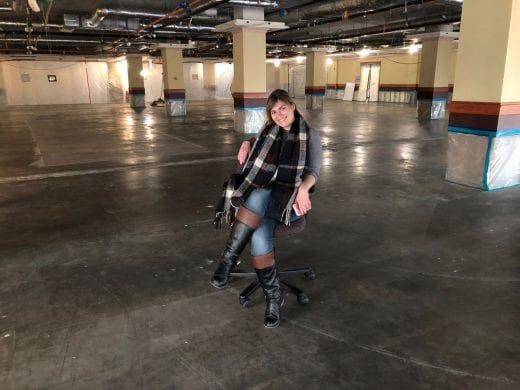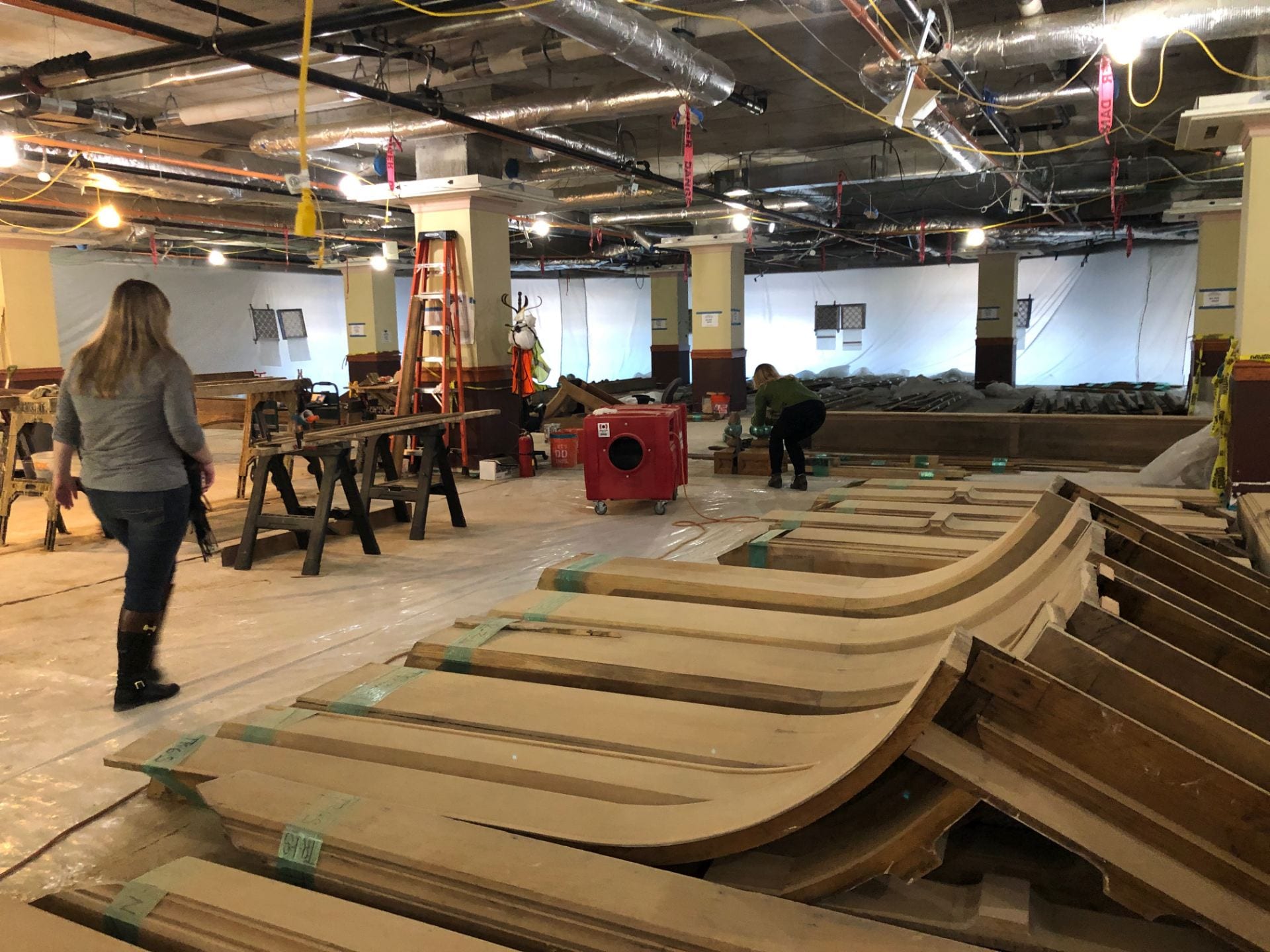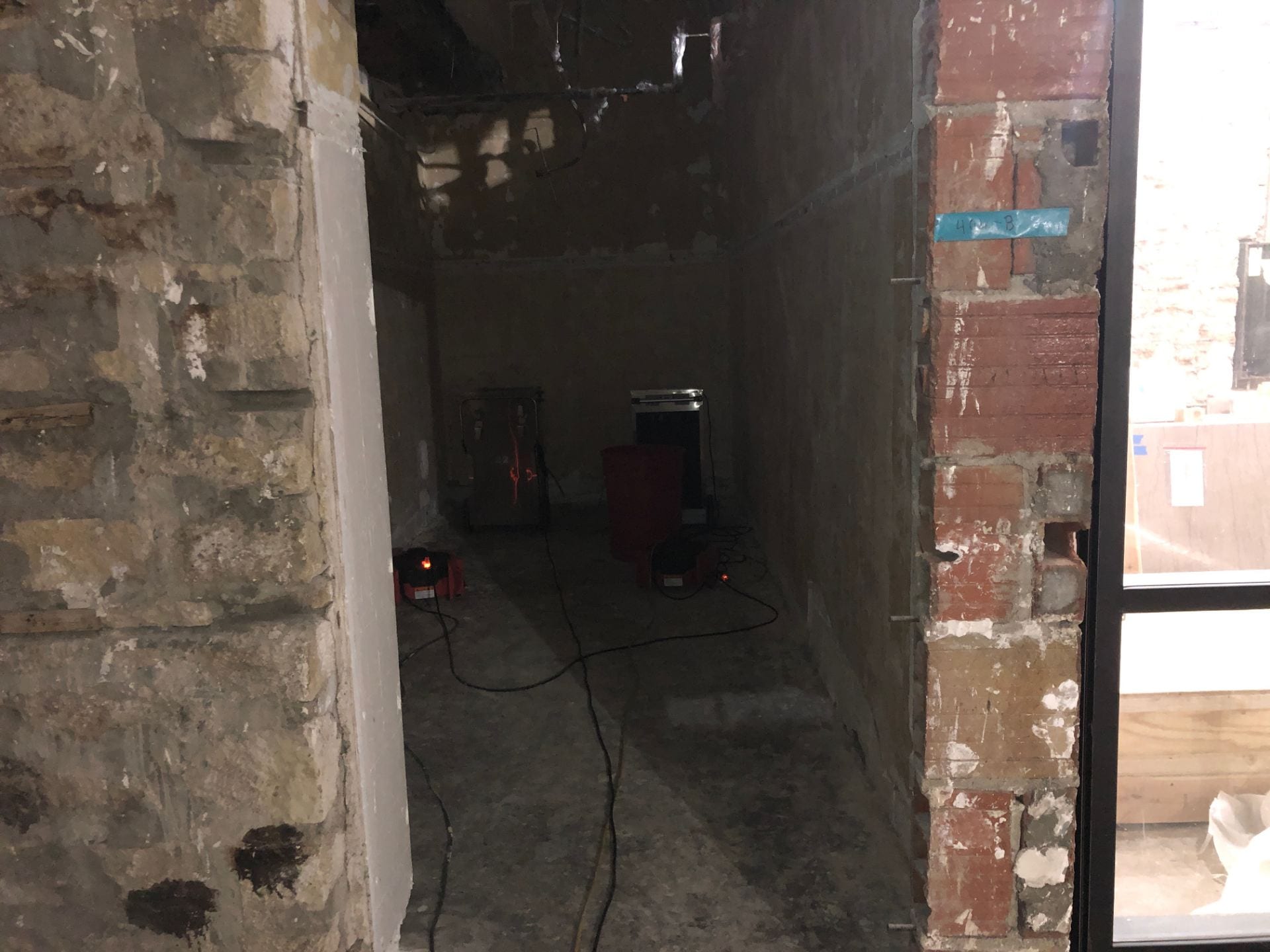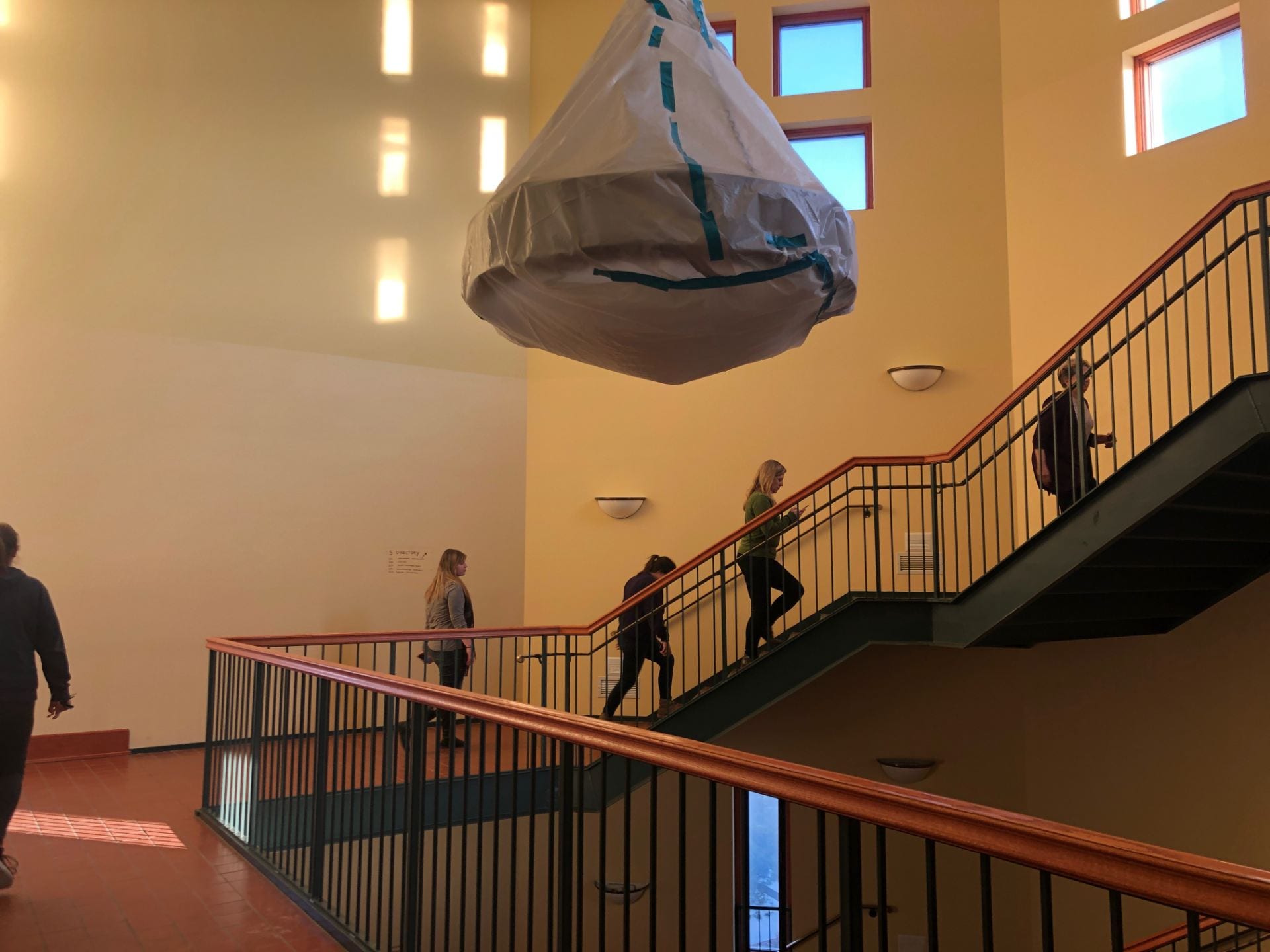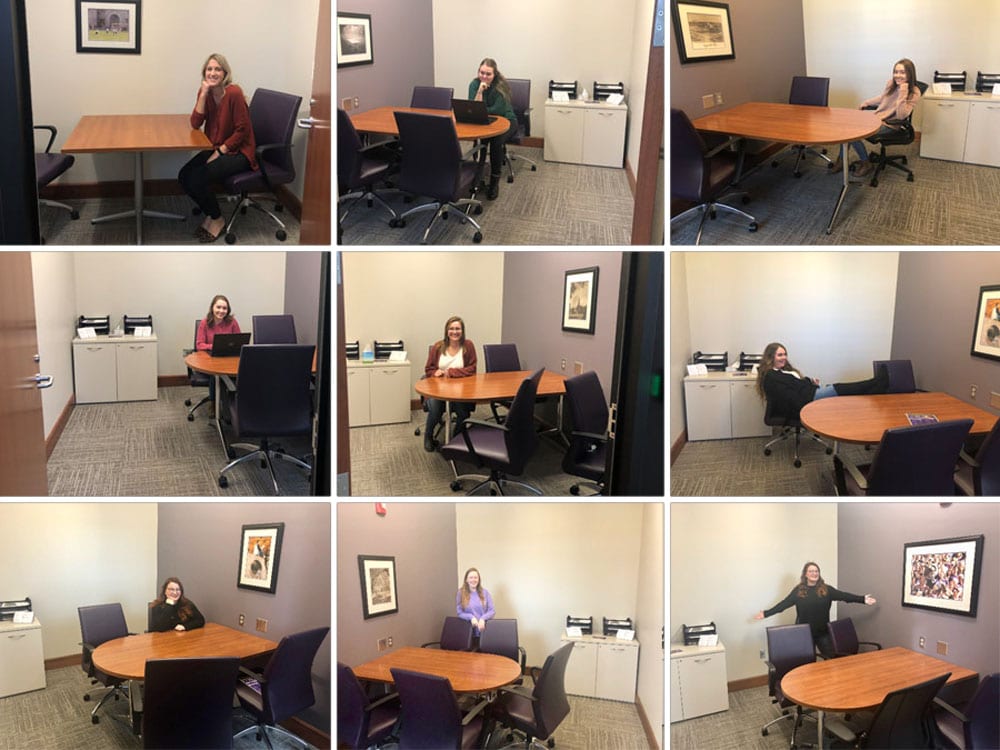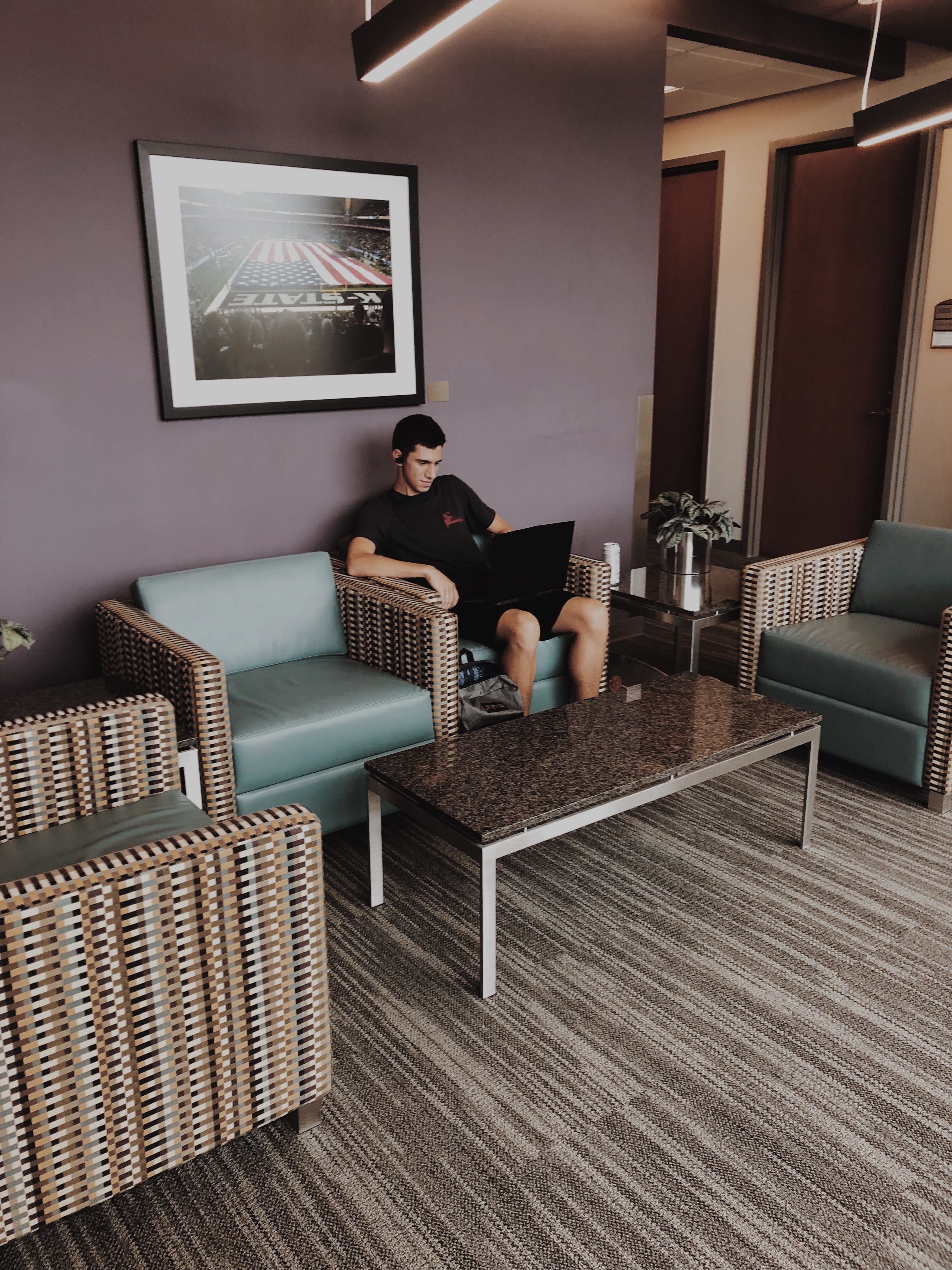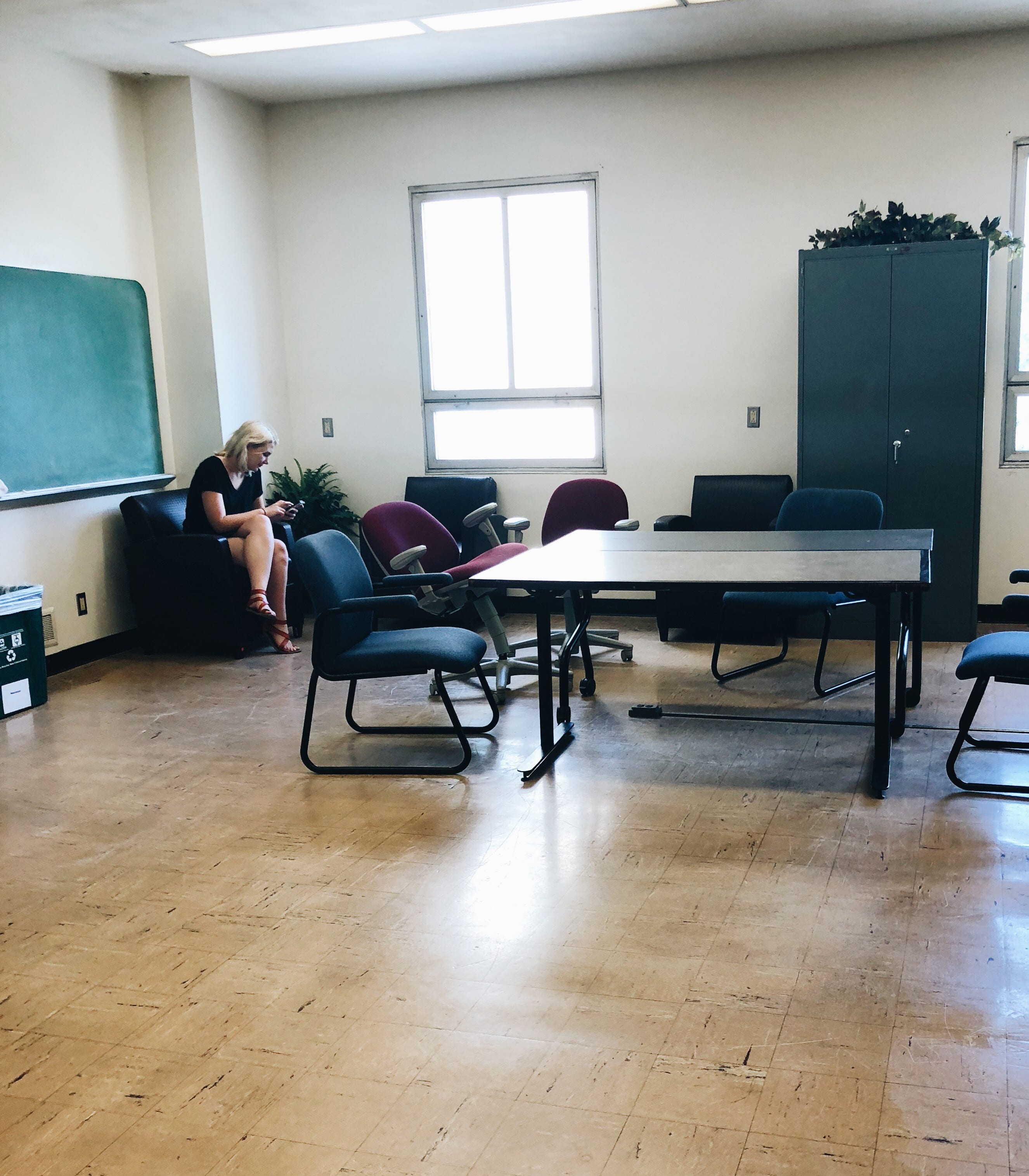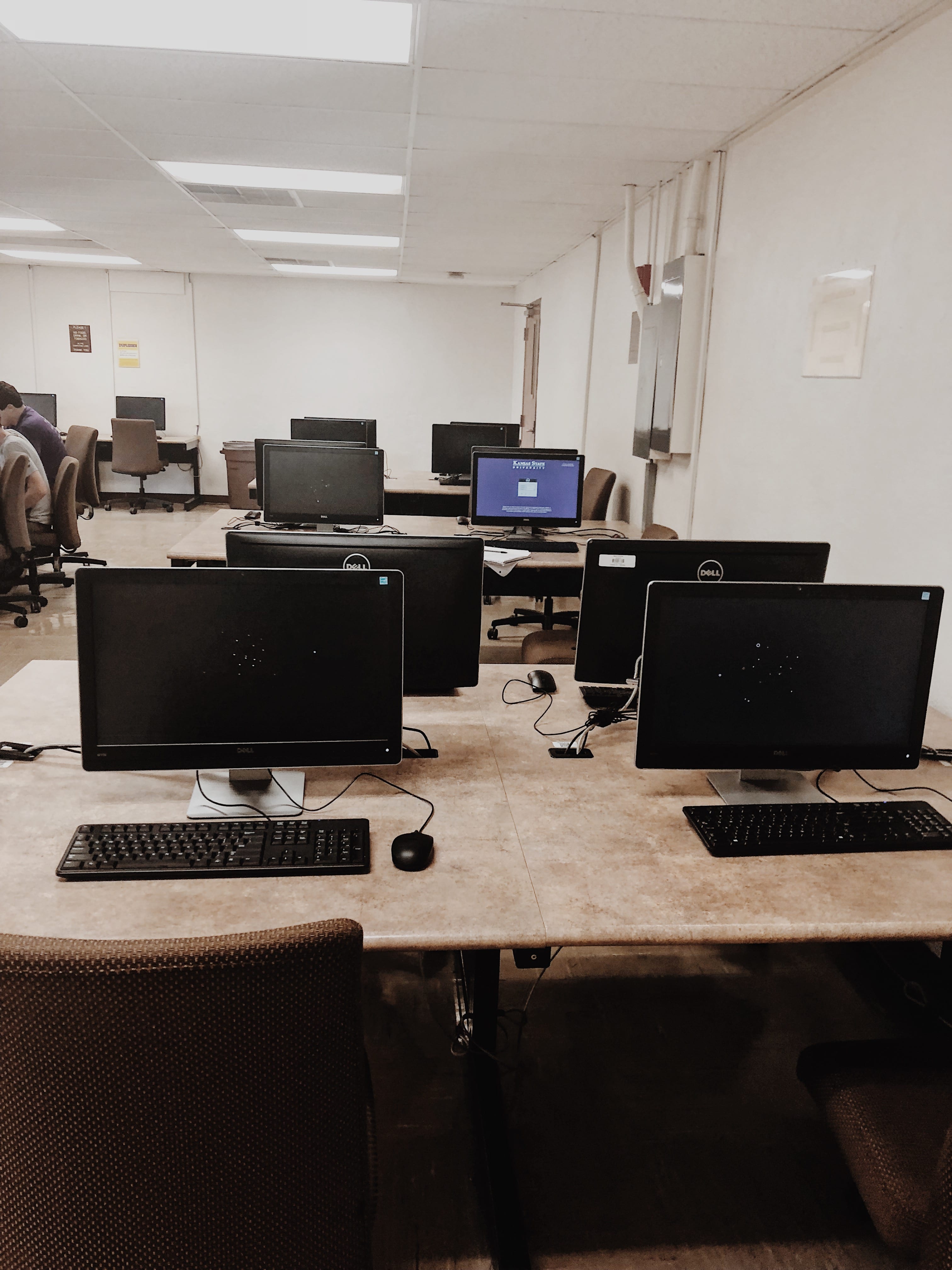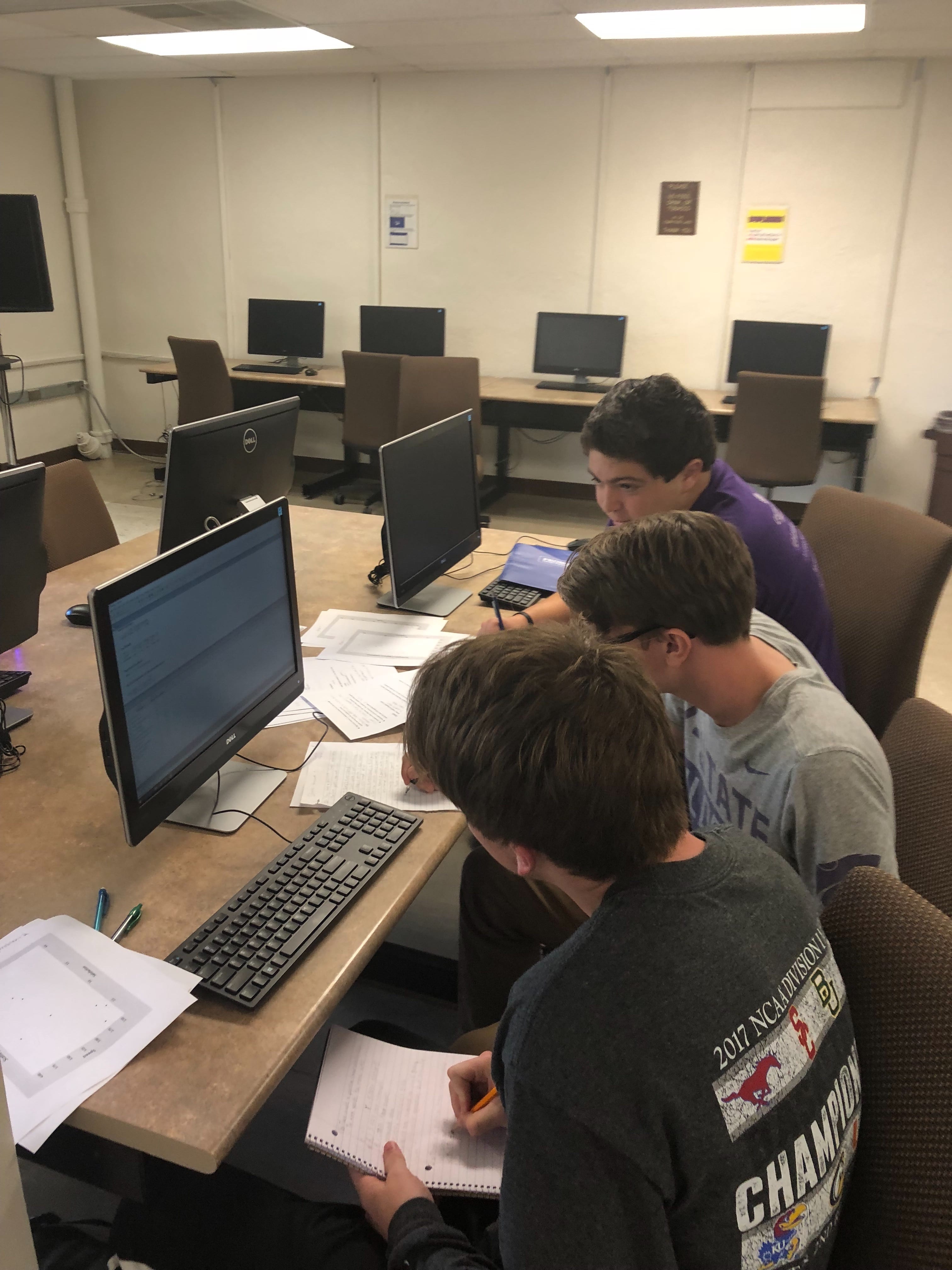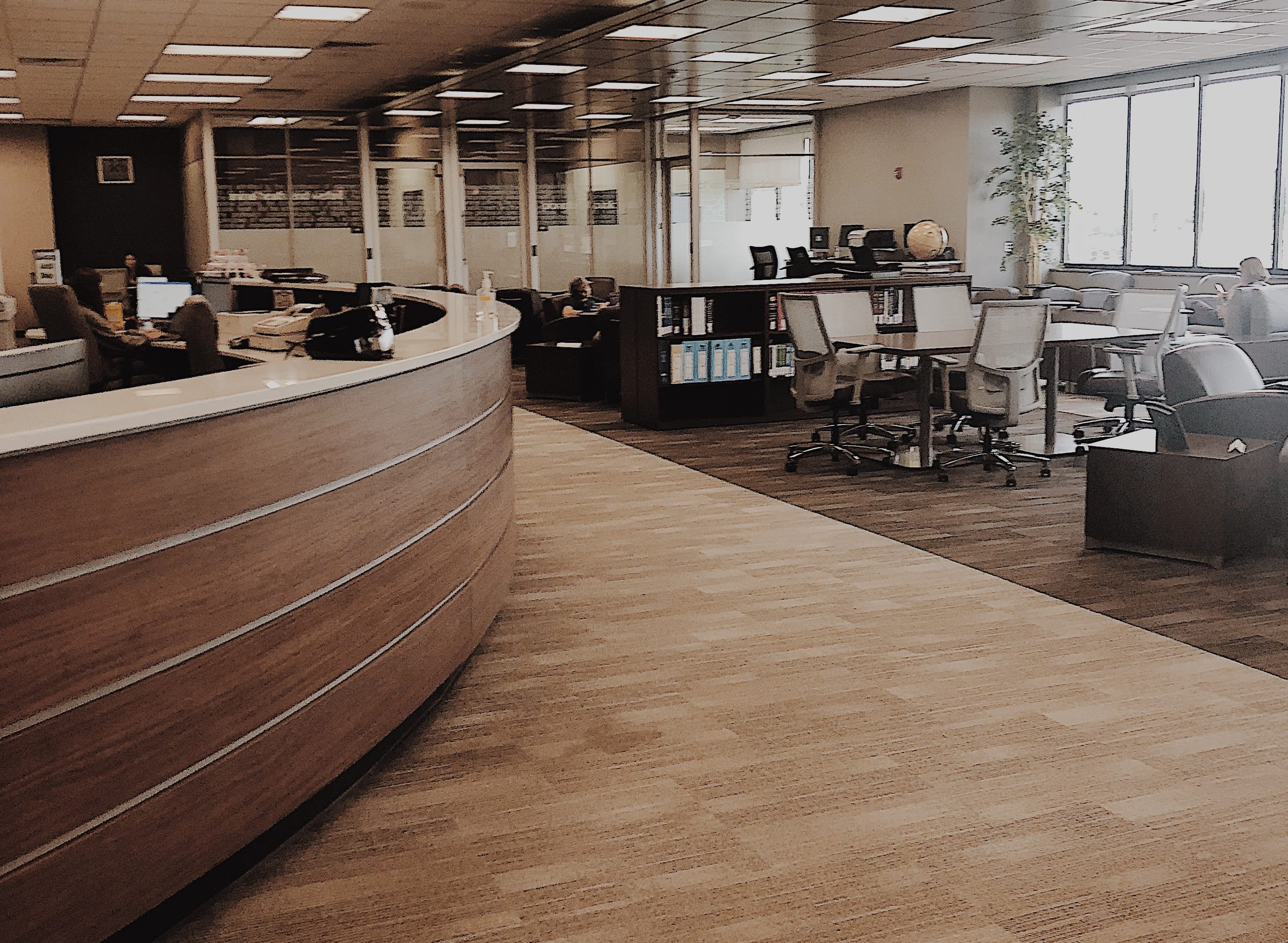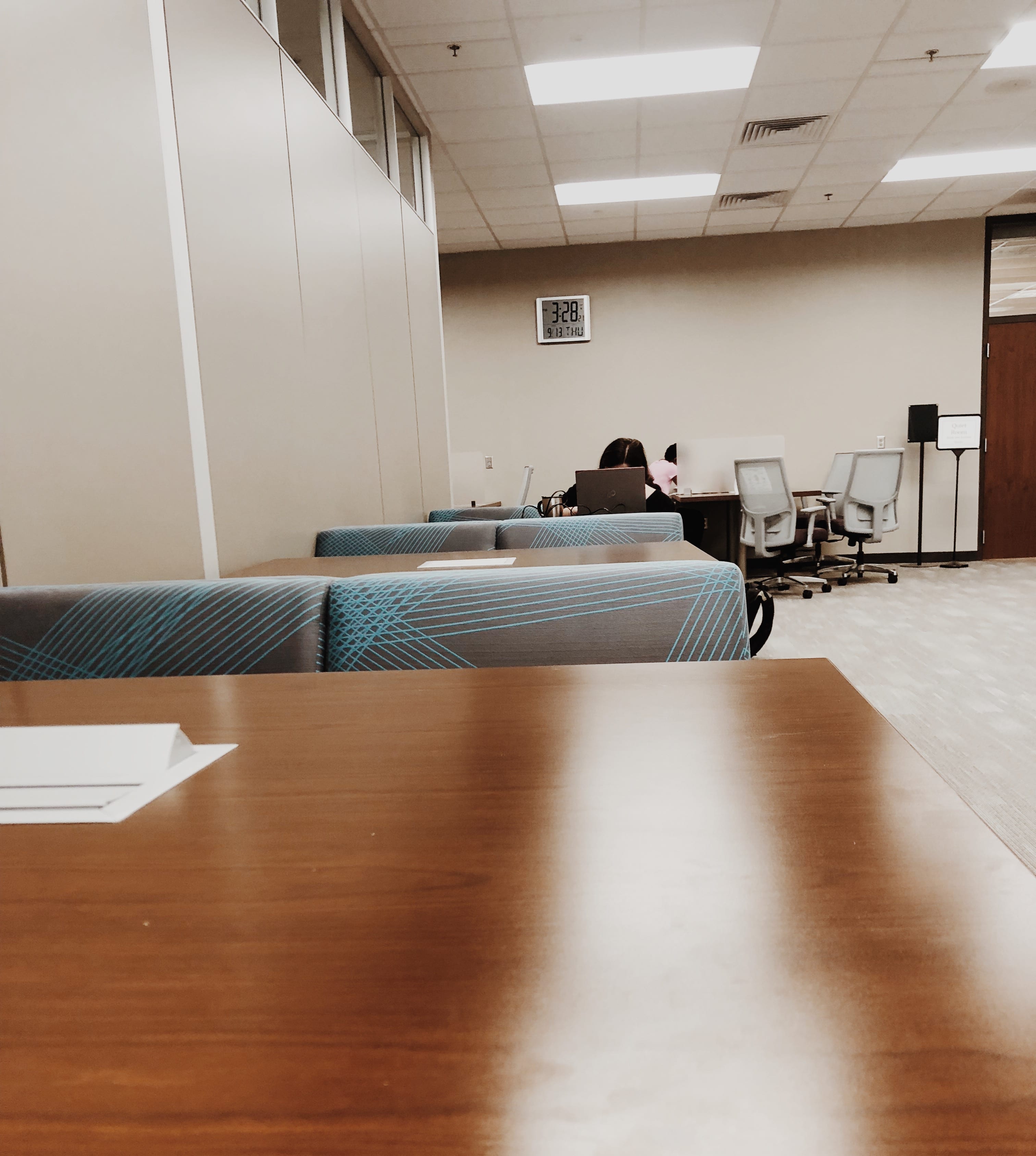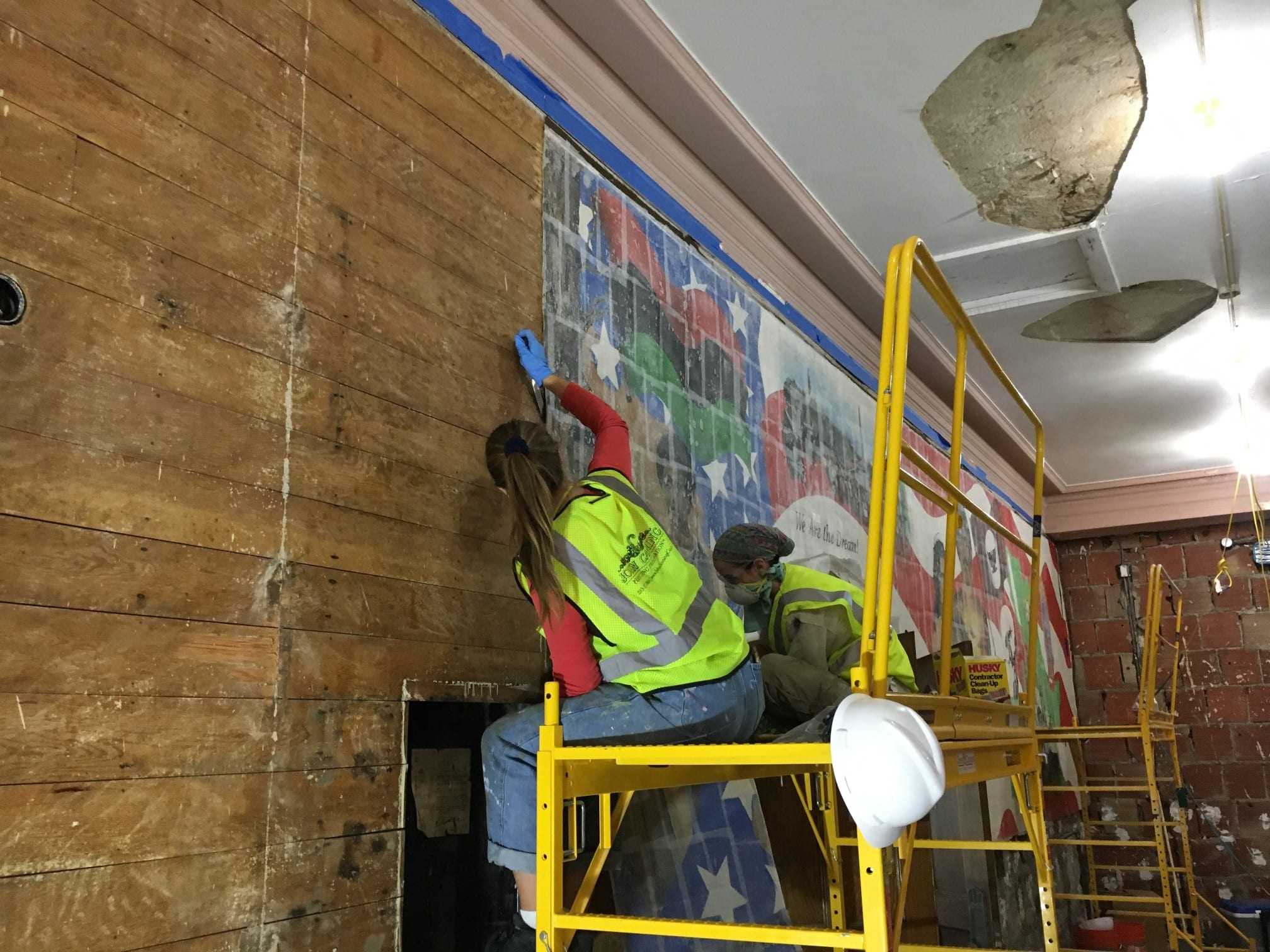The K-State Libraries employee award ceremony on March 27, 2019, will be especially meaningful. We don’t often come together to recognize our peers’ hard work, both pre- and post-fire, since we’re spread out over a dozen different campus locations.
The Dean’s Award is one of three employee awards that will be presented that afternoon. It’s given annually to a non-tenure track professional who has been with the Libraries for at least two years.
Here are this year’s nominees, as described by their nominators:
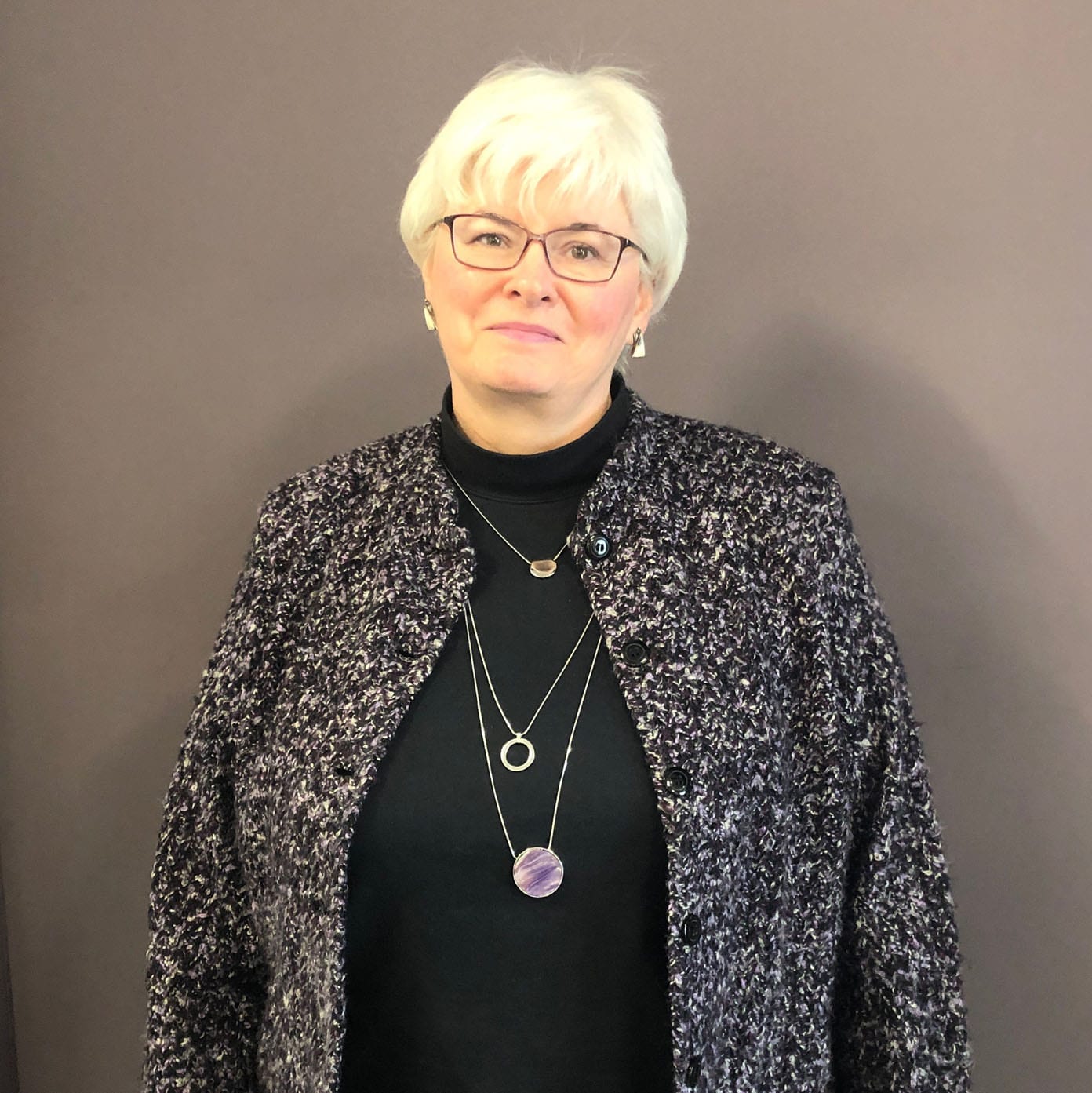
Alice can resolve any and all technical questions about LibGuides, RefWorks and Canvas. Her depth of knowledge is amazing.
Alice’s work on LibGuides makes it easier for us to keep them up-to-date and functioning smoothly. She responds to questions quickly and follows up in person to resolve any related issues. In addition, her initiative to add default LibGuides links to Canvas class sites is awesome. Her efforts make library resources much easier to find for students who may not take the initiative to proactively seek our help.
A year ago, patrons were having a very difficult time with RefWorks citation records from a specific source. She dug into the problem and realized the metadata practices of the creator weren’t interfacing well with RefWorks. As a result, we were able to advise students and instructors in that field to be aware of the problem and follow up accordingly.
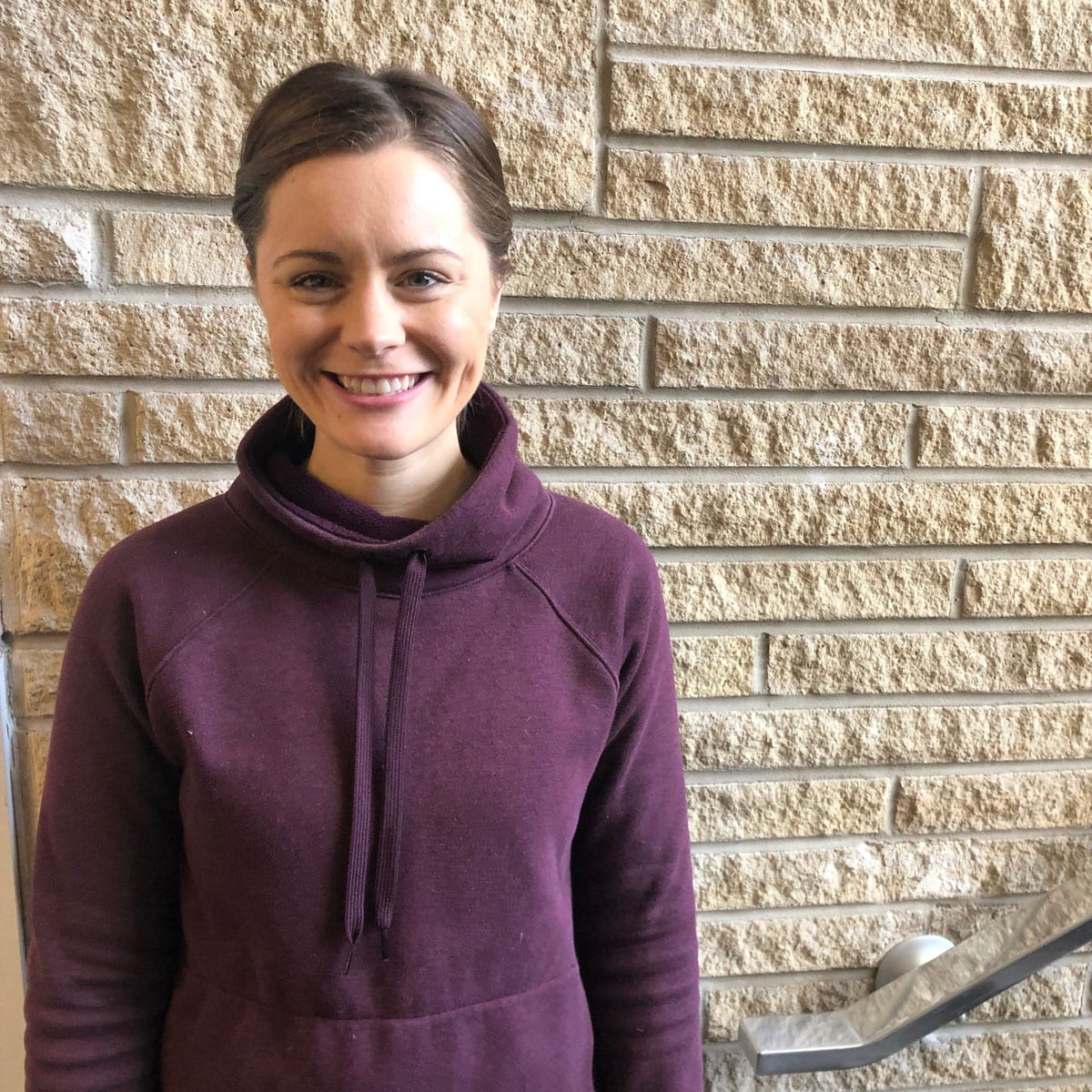
Allyssa oversees the hiring, training, scheduling, and evaluations for 12 student workers who collectively cover 77 hours of desk time per week. Her communication skills and her exceptional training program have been instrumental in the success of our services. Last summer Allyssa worked to launch a Peer Research Consultant program to provide K-State students with access to one-on-one research help that funnels into the more advanced assistance offered by our Academic Services Librarians. Her work with the PRCs has transformed the ability and aspirations of the four students who became consultants.
In addition, Allyssa is an outstanding writer, teacher, researcher, and leader. Her professionalism and high expectations for service quality have been instrumental to our ability to provide outstanding help to patrons throughout several migrations of our main service desk and changes in our staffing model.

Kathy has been coordinator since spring 2018. She worked hard to plan the unit’s move to a new office inside of hale library. A few short weeks after the move was complete, the fire changed everything. Kathy worked many late nights and on weekends to ensure that patrons would still be able to obtain the articles and books that were essential to their publications, teaching and grants.
While managing constant changes in the aftermath of the fire, Kathy saw opportunity to improve the user experience. She modified request forms to provide users with control over which items would be delivered to which locations. She and her team worked hard to keep up with demand; at the same time, she introduced enhancements such as a pilot project that delivered physical loans to department offices. Kathy’s expertise, kindness, and strong work ethic are a major part of K-State Libraries’ success.
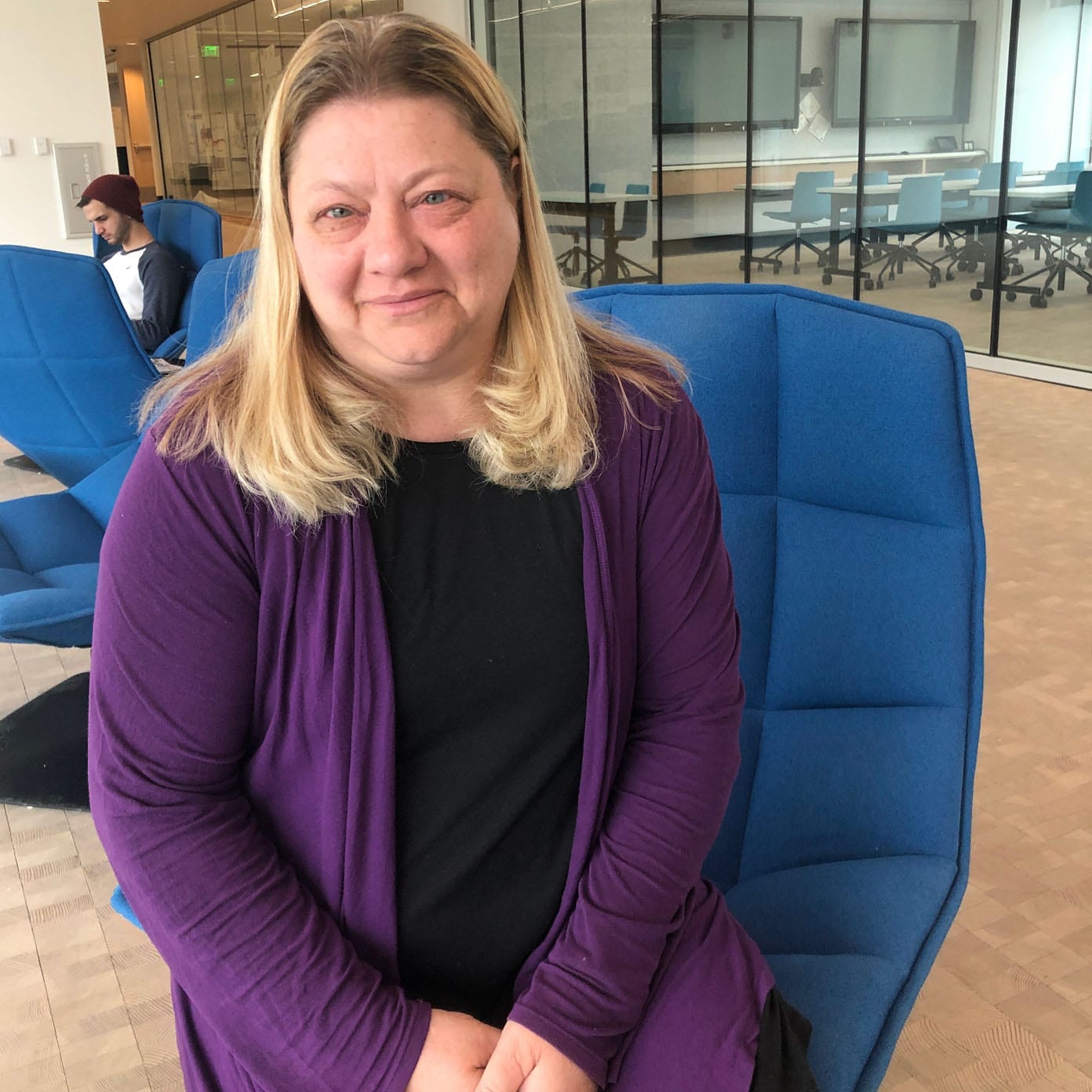
After the fire, Renée worked tirelessly to keep everyone’s computer access up and running, which in turn allowed everyone to continue the critical tasks related to restoring library services. Imaging 125 machines in less than a day to get new computers up and running is a monumental task for any group… The amount of organization that it took to do that job within that timeframe is beyond most things I have ever witnessed.
In addition, two full-time employees left at the same time this summer. Renée pushed forward with a group of student workers and prepared LIST for more change and the onboarding of two new full-time employees. When her new employees arrived, everything was ready for them. In short, Renée is the glue for the Library Information and Support for Technology (LIST) unit and invaluable to the Libraries as a whole.

Tara is incredibly organized and productive. She’s also a reliable, patient coworker. She consistently produces creative, beautiful, effective designs.
Sometimes projects shift and Tara has to scrap something she’s worked hard on and start from scratch, but she never misses a beat. She goes back to the drawing board and comes up with something even more amazing than her initial design.
For example, the summer magazine was ready to go to press in late May. In fact, it would have been sent to the printer the week the fire happened. An entire completed issue had to be put on hold so we could create a new version that covered the fire and its aftermath. Tara was unfazed, and her output for the special issue about the Hale Library fire was a case study in great storytelling through design.
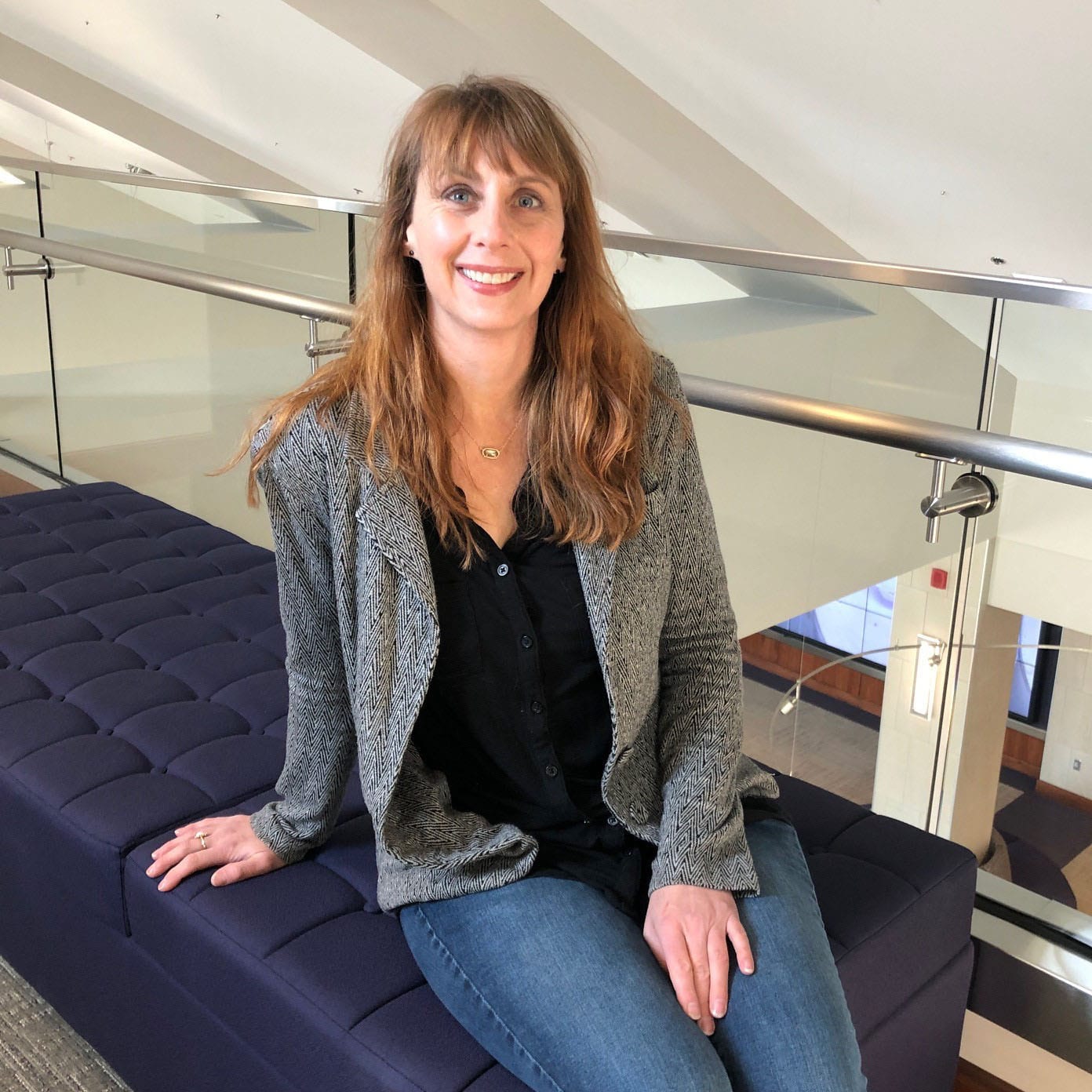
Sarah is one of the hardest working, productive employees I know. She juggles multiple duties and produces more content than most people probably realize. Additionally, she is an extremely talented writer and storyteller. Sarah’s story about the fire in the last issue of the Libraries Magazine is a prime example of her talent.
After the fire, Sarah took on the responsibility of managing and creating the content for the Hale Library blog. The blog has been key in our ability to communicate in a timely manner, and it was a lot of work, especially in the first few months. She was posting two stories a week in an environment where accuracy was vital, but information could change by the hour. As other work has returned to “normal” Sarah has continued producing the blog while managing her already full workload.

Kathryn’s leadership and dedication after the fire made the difference between setting us on a path to a successful recovery or not. Her years of unsung work on the Libraries’ Collection Disaster Plan paid incredible dividends. Having the plan and the various relationships in place meant the Libraries were able to move quickly to address the perils Hale’s collections were in as the air conditioning, electricity, telecommunications and other basic building services failed.
More than one party outside of the Libraries commented how well we were coping. Much of the credit should go to Kathryn. While the scale of our disaster was (and still is) daunting, her plan made it less so and gave the impression we had everything figured out.
Kathryn’s follow-through was vital given the level of detail involved in packing out and mapping the removal of over 1.5 million items from Hale Library.
Congratulations to all of the nominees!

